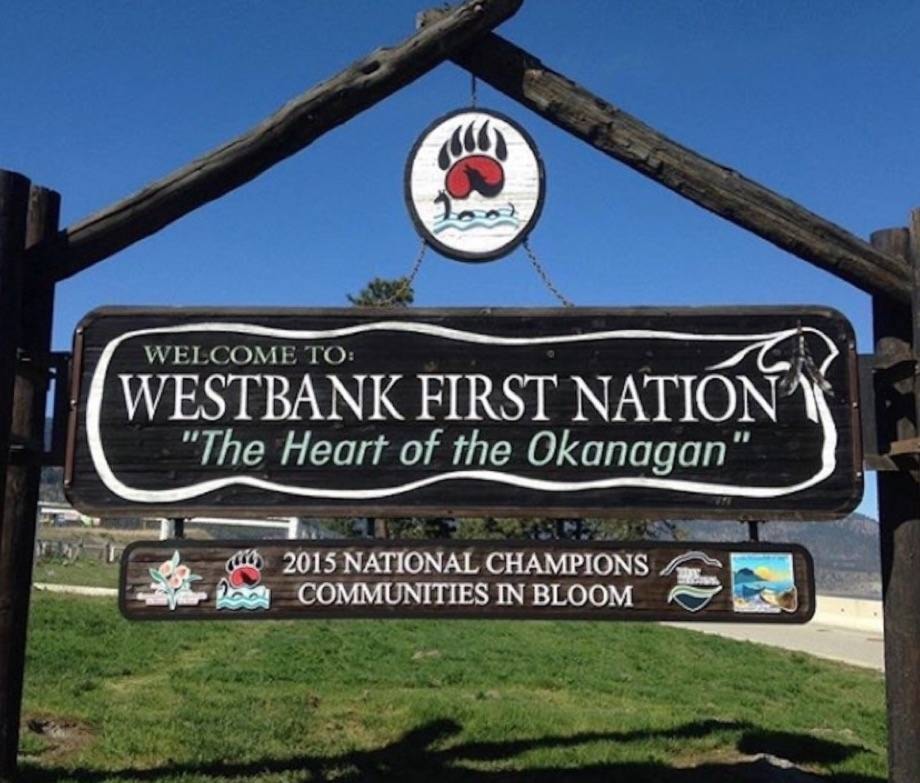The average medium household income for a Westbank First Nation (Tsinstikeptum IR9) household is $17,000 less than the average Central Okanagan household as a whole, according to a Central Okanagan Community Wellness Analysis report.
The report stated the average Westbank First Nation (Tsinstikeptum IR9) household made just under $54,000 annually while the average Central Okanagan household as a whole made just over $71,000 annually.
READ MORE: Westbank First Nation unveils new $9 million renovated school
According to the report, discriminatory policies against many Indigenous people is one reason for the income gap.
“Government policies have suppressed Indigenous culture, language, economies, and systems of governance have had lasting effects on the health, well-being, and wealth of Indigenous peoples in B.C. and the Central Okanagan,” commented the report.
“Ongoing systemic racism continues to be a barrier to opportunity and economic security and needs to be tackled collectively.”
Tsinstikeptum IR9 has a population of around 7,600 people (as of 2016) and is one of two Westbank First Nation reserves. Westbank First Nation’s second reserve, Tsinstikeptum IR10, has a population of around 1,400 people (as of 2016) and median total household income of $77,227.
Data compiled in 2016 by Statistics Canada claimed the average household income gap is even wider when comparing the Okanagan Indian Band (OIB) and the Regional District of Central Okanagan (RDCO) as a whole.
The average OIB household makes just under $51,000 annually, which is $20,000 less than the average Central Okanagan household as a whole.
The report stated Indigenous people experiencing poverty are also over represented in the Kelowna area.
“People who identify as Indigenous or having Indigenous ancestry account for 5.5 per cent of Kelowna’s population, but 26 per cent of people living without homes (or 1 in 4) identified as Indigenous or as having Indigenous ancestry.”
“Anecdotal evidence from service providers suggests Indigenous people are over represented compared to non-Indigenous people in both overdose incidents and deaths in Kelowna.”
Adoption of the Declaration on the Rights of Indigenous People Act in November of 2019 was a positive step in helping reduce social and income barriers for First Nation’s people in Canada, claimed the report.
An interview request to the WFN was not immediately returned.
To view the full analysis report, you can visit RDCO’s website.
@connortrembley
connor.trembley@kelownacapnews.com
Like us on Facebook and follow us on Twitter.
